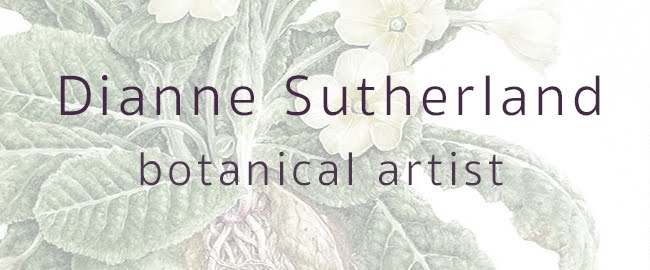The simple answer to this problem is to grow your own!.... but if you don't have the space or time, don't forget that it's actually very easy to grow leaves on root vegetables.....remember growing carrot tops at school? I've been amusing some of my students with this particular experiment over the last few weeks ....and it's catching on!
 |
| Turnip watercolour May 2014 |
One of my most recent efforts is the humble turnip, Brassica rapa subsp. rapa. I started growing the leaves about 7 weeks ago and it's now about to flower and go to seed. There's also the added bonus of beautiful roots!
Here's the painting process in a video ( about 5 mins long)
How does this work?...very simple biology bit
Basically the edible part - we refer to as the 'vegetable' is actually a type of enlarged root/ storage organ. In turnips, radish and carrots it's a type of taproot. The turnip is a 'napiform' which means it's wide at the top and tapers to a narrower root. If you put its tail end in a bit of water it will sprout leaves and roots. The part that was above ground in the turnip is purple from the effect of sunlight and is actually part of the stem tissue but is fused with the root. The below ground part is white with the tapered root.
 |
| Supermarket turnips with leaves chopped off placed over water, on the upper left you can see the leaf and flower stem growth. ( there's a radish hiding there too!) |
How to do it and the limitations
Look for a healthy looking turnip in the supermarket, preferably one that still has a small amount of lower root. Place the tail ( white) end in water and top up on a regular basis to make sure it doesn't dry out. After about a week you will see small leaves emerging. You can plant it in a pot of soil at this stage but I kept mine in water. The bottom part of the turnip, which has been below ground will become more purple towards the base from the effect of daylight. The lower tapered root won't grow like the original root but will sprout lots of smaller roots. After about 6 weeks it will throw up a tall flowering stem. If kept indoors the stem will be green but if you put it outside for a couple of days it will turn a lovely purple colour, eventually it will produce the yellow flowers. .
 |
| Turnip base where the root has been cut off. |
A bit more about the Turnip
I always think the turnip is overlooked. Pliny the elder certainly understood its importance and considered it to be one of the most important vegetables ( beneath beans). Being a biennial it can be kept in the ground for two years. In the first year the root grows and stores nutrients, in the second year it flowers, seeds and dies. As a crop it has the potential to prevent famine as well as providing an important source of fodder for livestock.
'Turnip' Townsend and Four Field crop Rotation
The 2nd Viscount Townsend, known as 'Turnip Townsend' ( 1674- 1738) was a British Whig statesman and turnip fanatic! He's credited with introducing the four -field crop rotation system in England by adding turnips and clover to the existing rotation system which included wheat and barley, although there is some dispute over how influential he actually was....it's still a good story!
 |
| 'Turnip' Townsend Wikimedia Commons |
With this in mind and in homage I think clover will make a nice addition to the turnip painting.....just need to find out which type of clover....





















